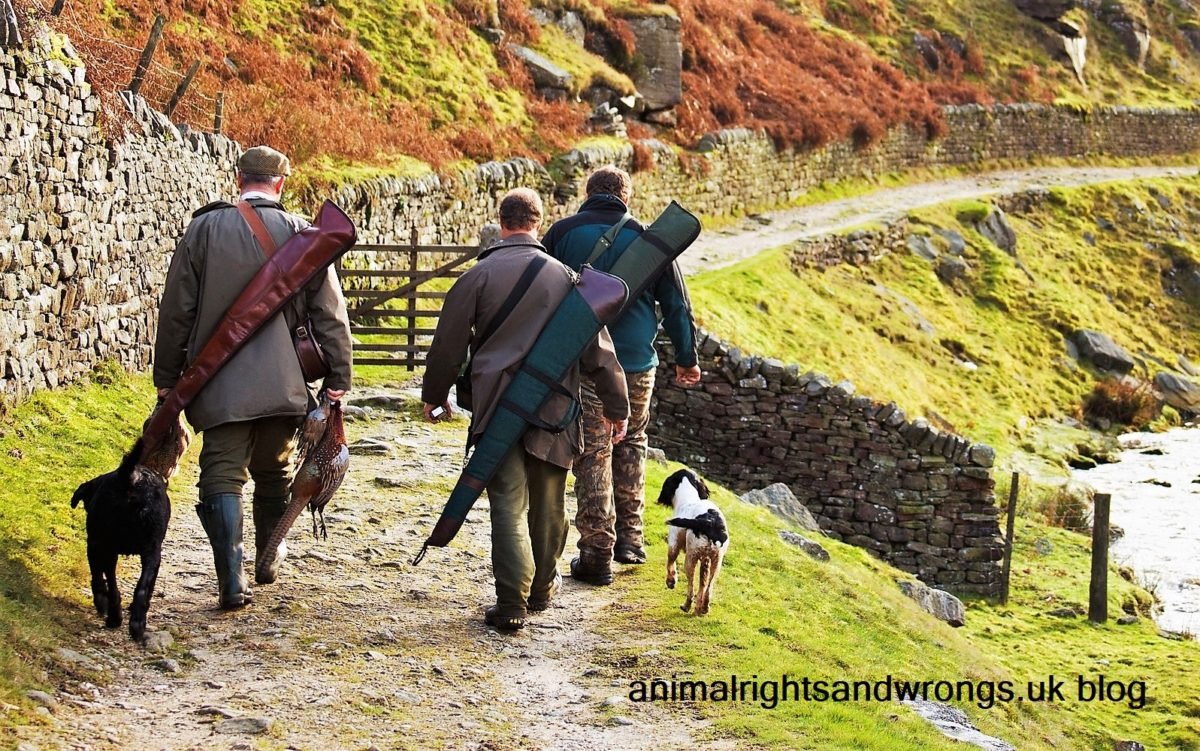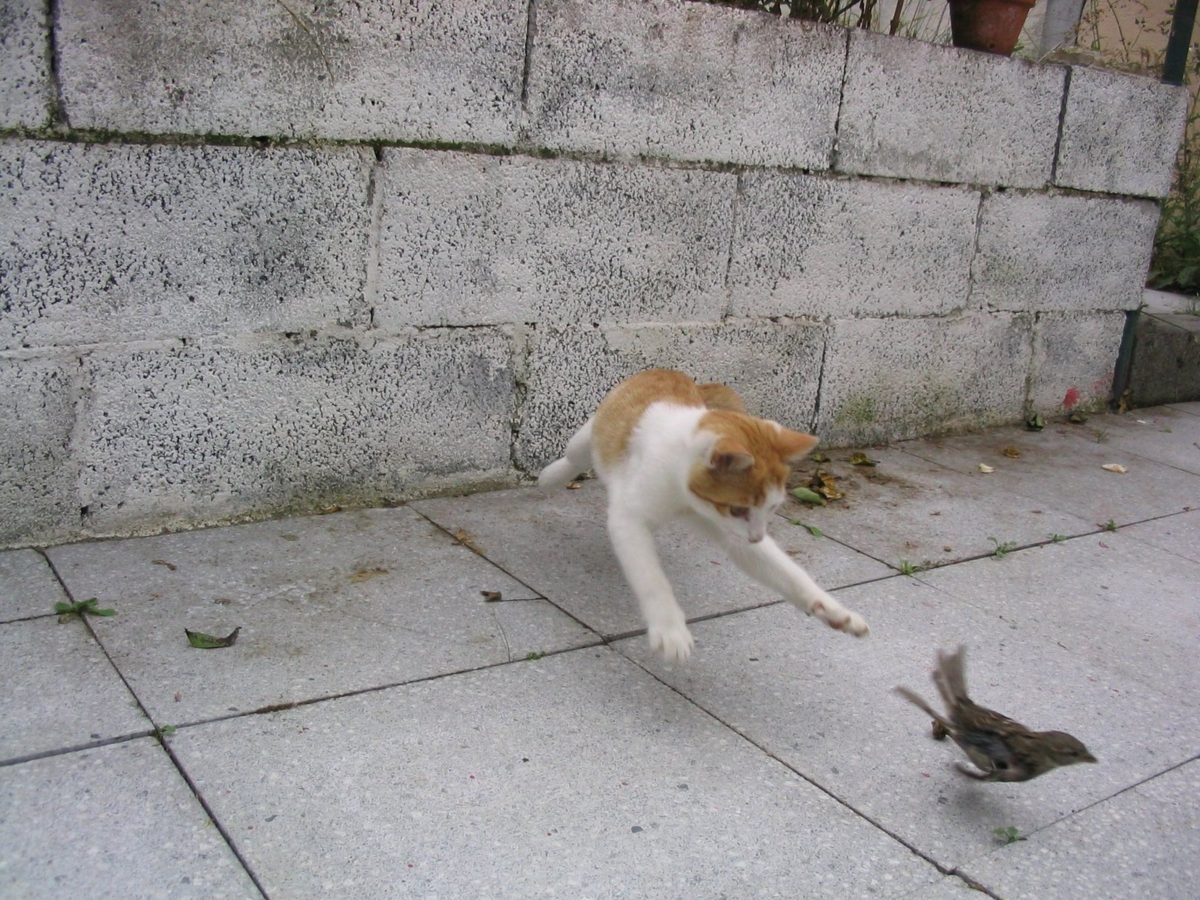-
Conservation charities are not always what they seem

Beware the word “conservation” when supporting charities. When it comes to supporting or donating money to animal charities we all have our own perspective on what we want our money spent on whether it is conservation of wildlife, welfare of animals, re-homing of animals, animal rights, help for animals abroad or saving endangered species –…
-
‘Fry the ferals’ – the war against feral cats.

Everyone loves cats, right? That’s why they are arguably the most popular pet in the world. Wrong. For every person that likes cats at least another hates them, particularly feral cats. Not just individuals, but governments, institutions, conservation organisations, scientists and even some animal charities. How can this be?’ “now they’ve been exposed as the…